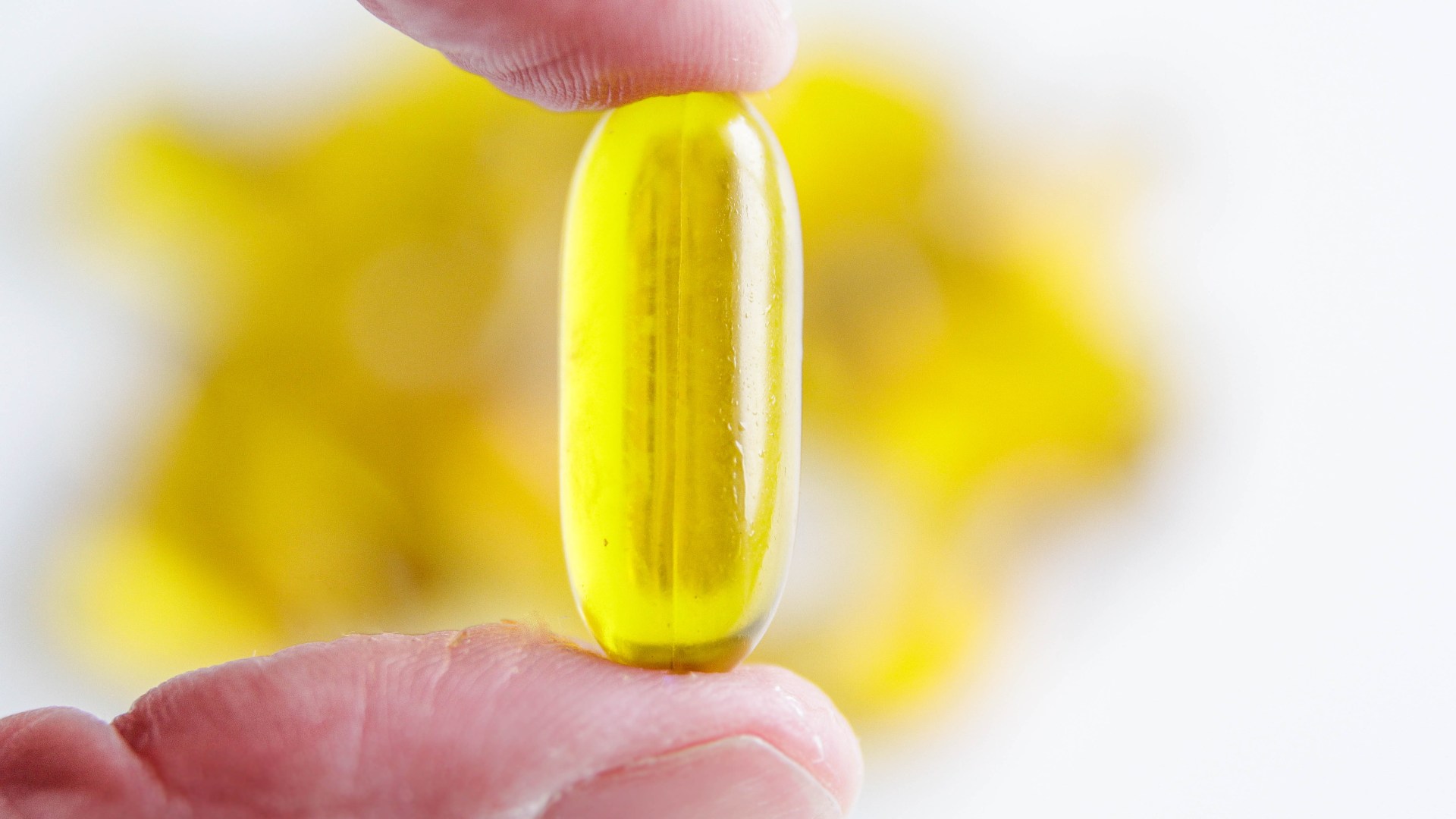POPPING a daily 2p vitamin could stave off stroke, dementia and heart attacks, a new study suggests.
Brits are already encouraged to take ‘sunshine vitamin’ during the winter months to boost bone health and help us fight off disease.
2

2
And now, scientists in Lebanon have found older people people who take vitamin D for a month could “significantly” lower their blood pressure.
The team found that one tablet of 600 IU (or 15mg) achieved the optimum effect.
High blood pressure is one of the nation’s biggest killers, responsible for one in four deaths, according to NHS England.
It is referred to as a ‘silent’ threat because it often has no symptoms and roughly a third of those with the condition are thought to be undiagnosed, according to the British Heart Foundation.
Not only is it the leading cause of heart disease, but it can also lead to kidney disease and vascular dementia.
According to researchers from the American University of Beirut Medical Center taking the cheap vitamin may treat the condition, which puts extra strain on your blood vessels, heart and other organs, such as your brain, kidneys and eyes.
The NHS already advises Brits to take vitamin D during autumn and winter when sunlight is too weak for our bodies to produce enough of it naturally.
You can buy a tub of 240 vitamin D tablets at Boots for just £4.50 – which works out to less than 2p per tablet.
Vitamin D helps regulate the amount of calcium and phosphate in the body – nutrients that are needed to keep bones, teeth and muscles healthy.
Previous research has also linked taking vitamin D to slowing down ageing and preventing cancer and type 2 diabetes.
The latest study, published in the Journal of the Endocrine Society, split 221 adults, aged 71 on average with a BMI of 30.2 (classed as obese), into two groups.
The first group took a standard vitamin D tablet of 600 IU daily, the usual dose recommended by the NHS.
Most vitamin D tablets you’ll find on the high street contain around 400 to 800 IU per pill.
The second group of 110 volunteers went on a high-strength version at 3,750 IU per day.
After a year, researchers found both groups managed to lower their blood pressure by an average of 3.5 mm Hg.
This figure reflects the systolic (or “top”) number on a blood pressure reading, where anything below 120 is considered normal.
The high-dose group saw a larger dip, with their blood pressure dropping by an average of 4.2 mm Hg, while the standard-dose group saw a 2.8 mm Hg decrease.
Where can I get vitamin D from?

From about late March/early April to the end of September, most people should be able to make all the vitamin D they need from sunlight.
The body creates vitamin D from direct sunlight on the skin when outdoors.
But between October and early March, we do not make enough vitamin D from sunlight.
Vitamin D is also found in a small number of foods.
Sources include:
- Oily fish – such as salmon, sardines, herring and mackerel
- Red meat
- Liver (avoid liver if you are pregnant)
- Egg yolks
- Fortified foods – such as some fat spreads and breakfast cereals
Another source of vitamin D is dietary supplements.
In the UK, cows’ milk is generally not a good source of vitamin D because it is not fortified, as it is in some other countries.
Source: NHS




